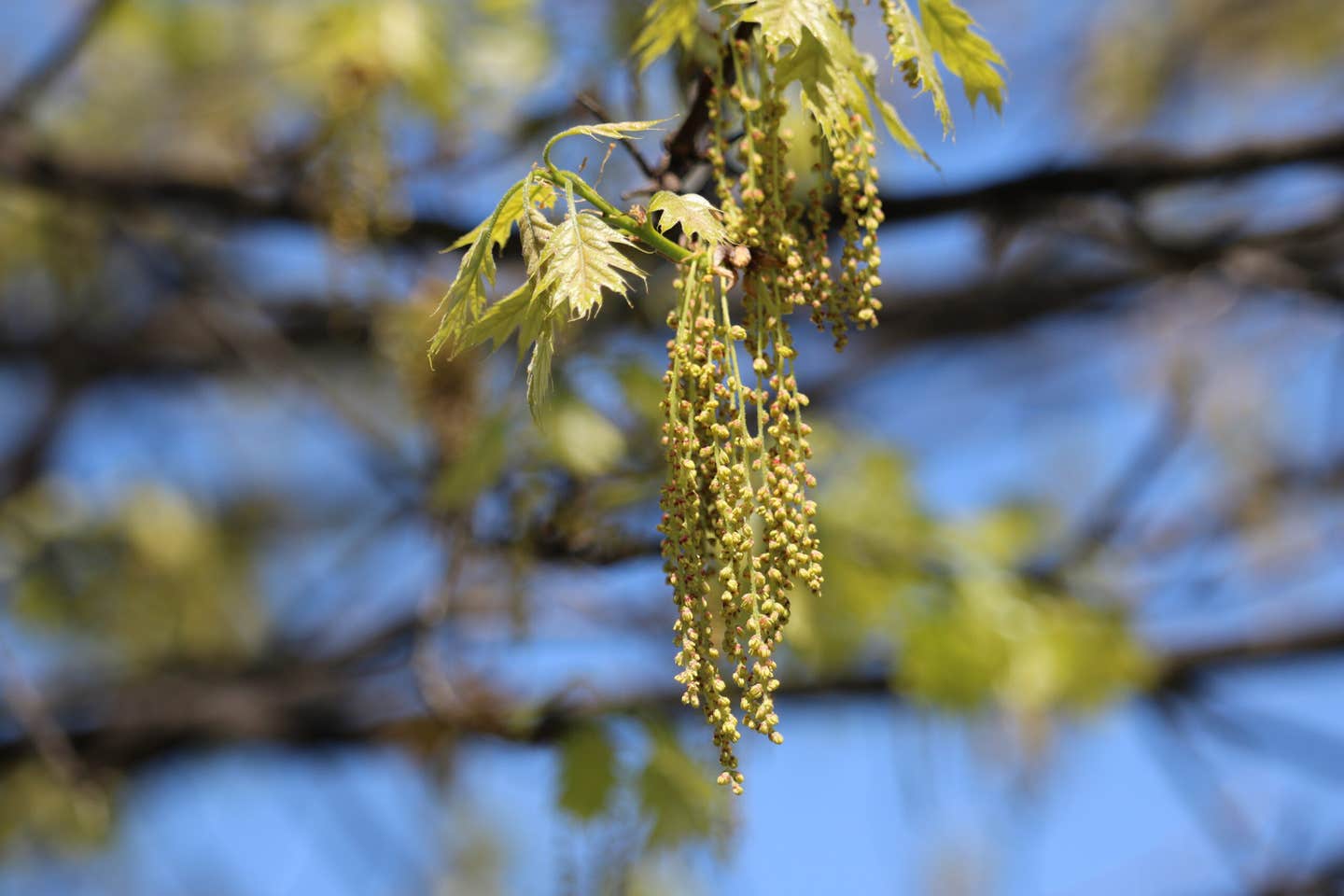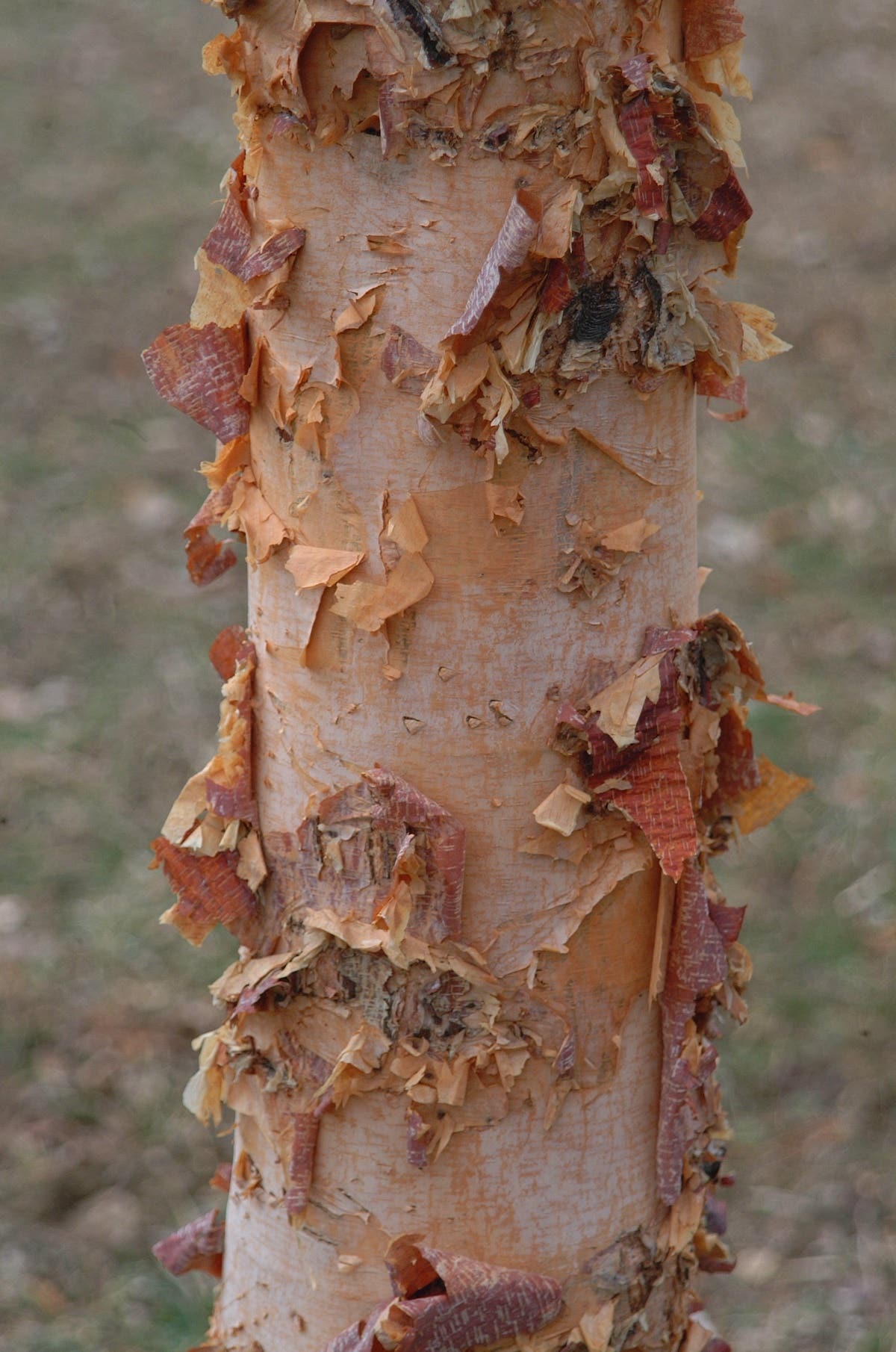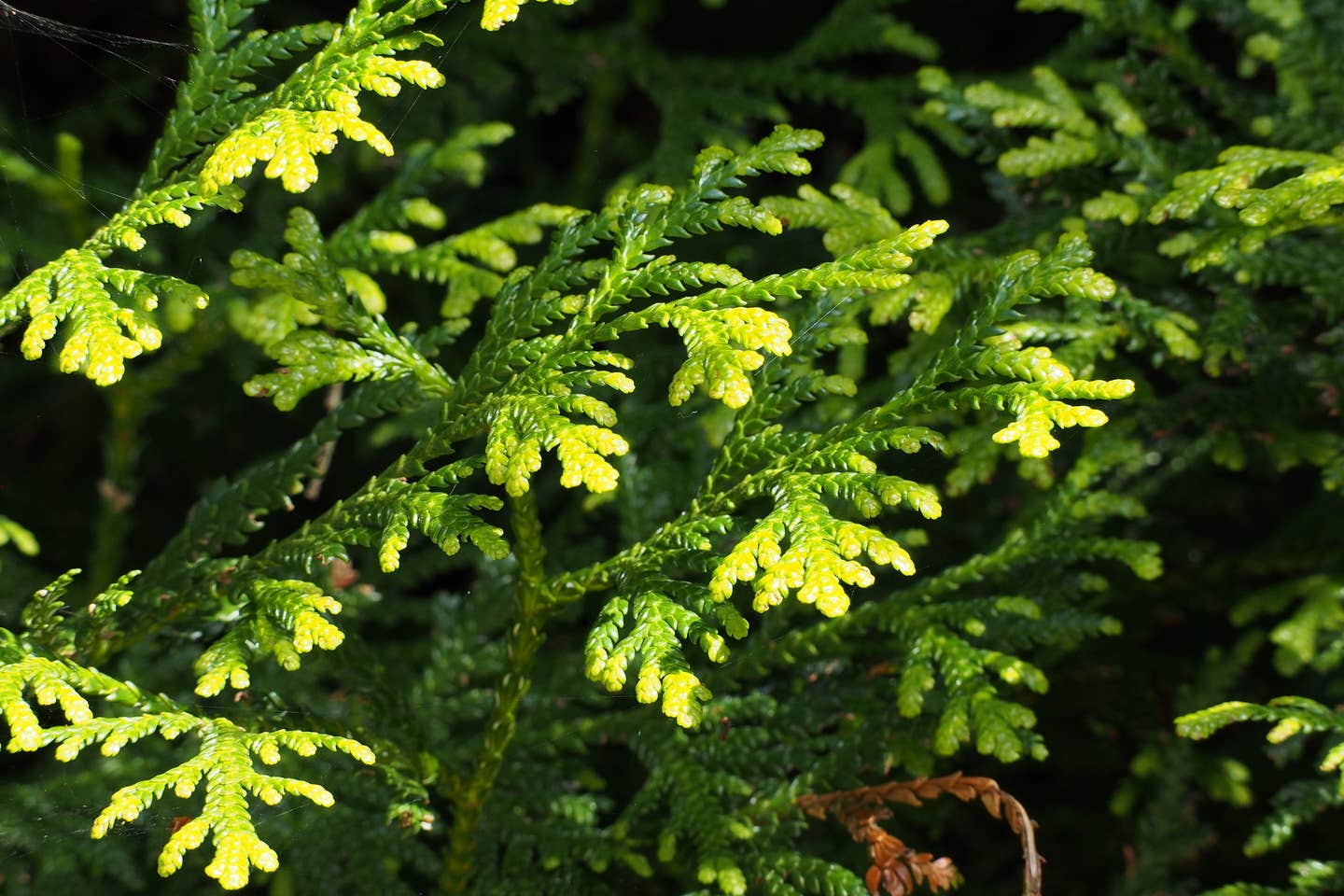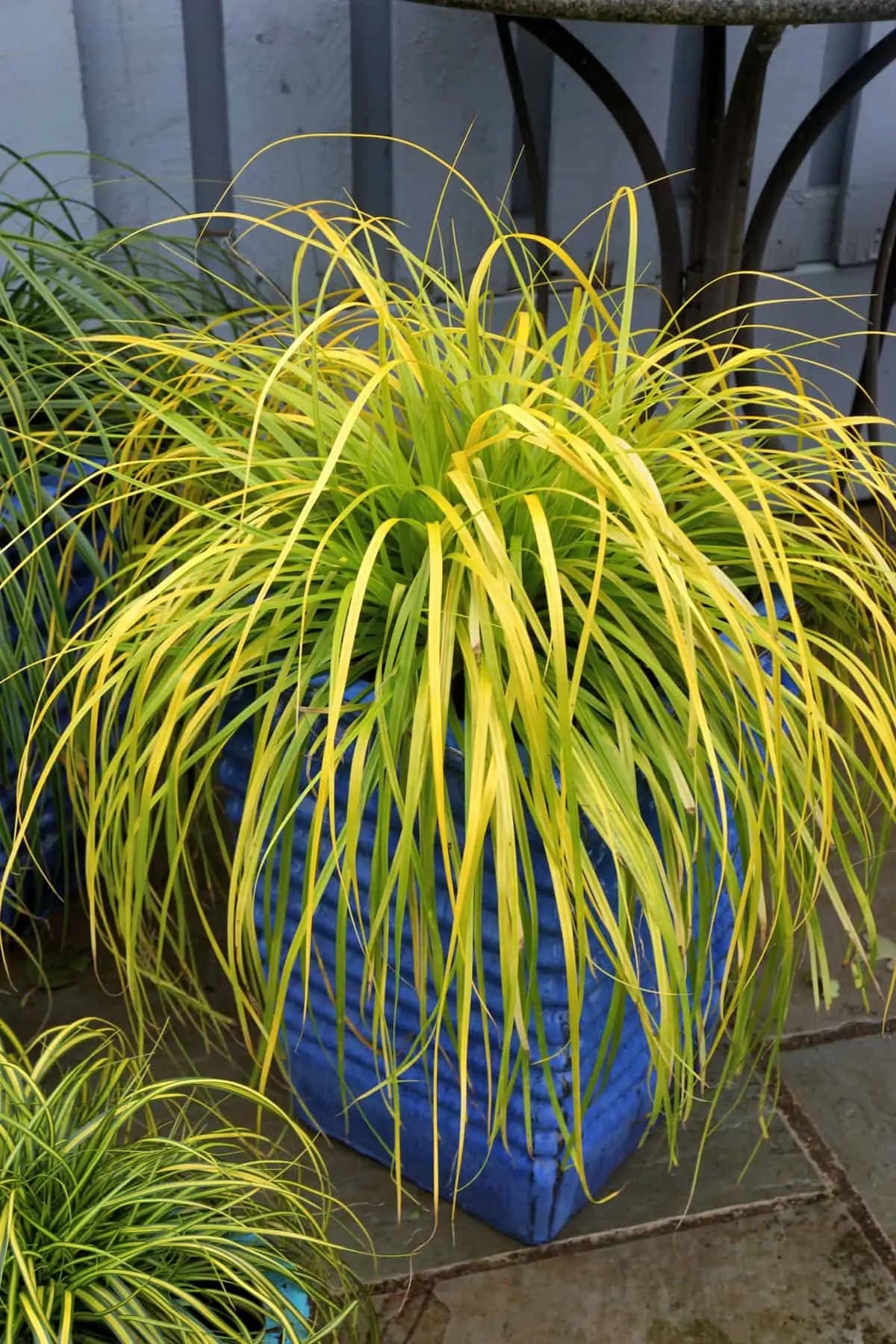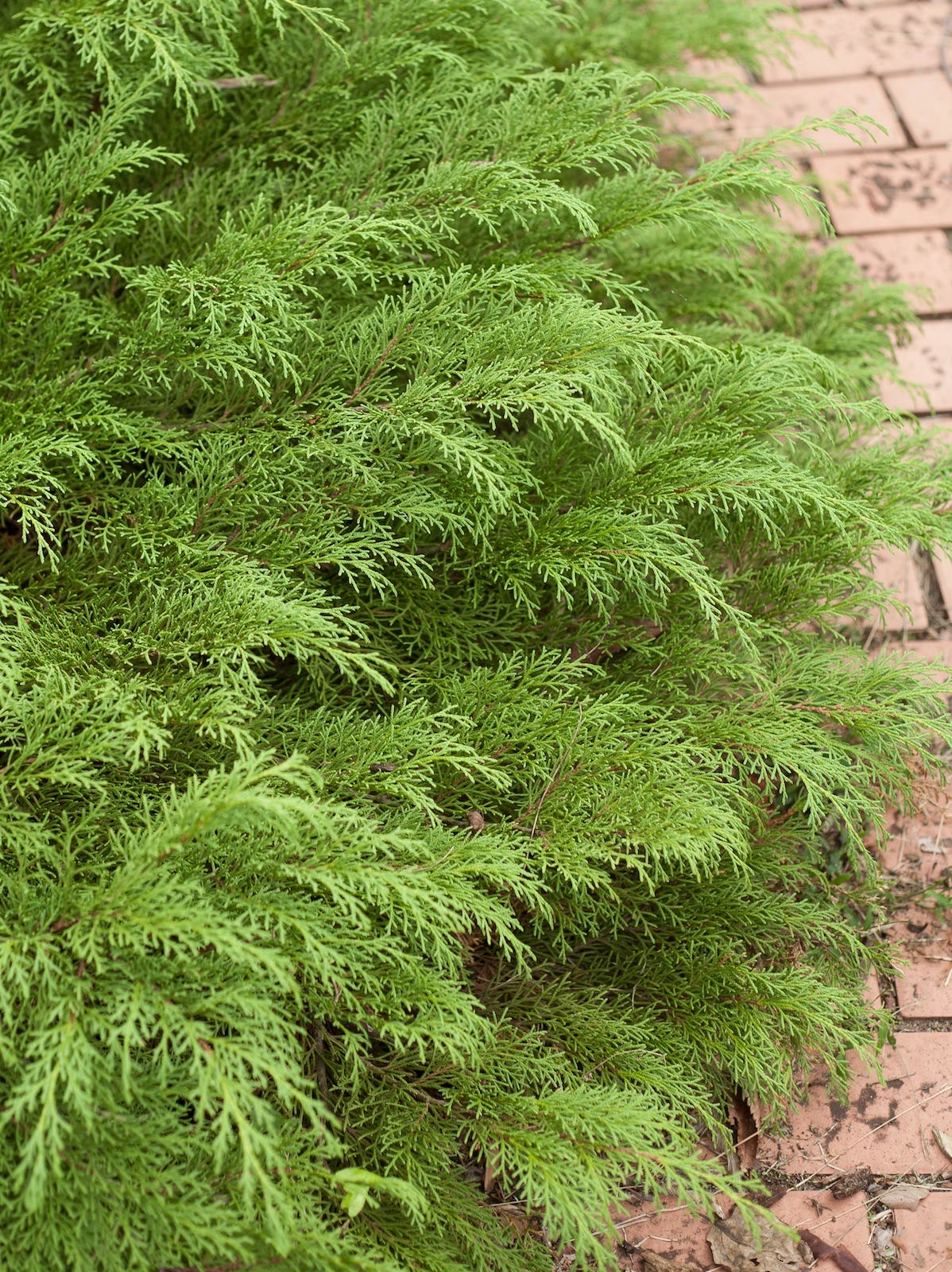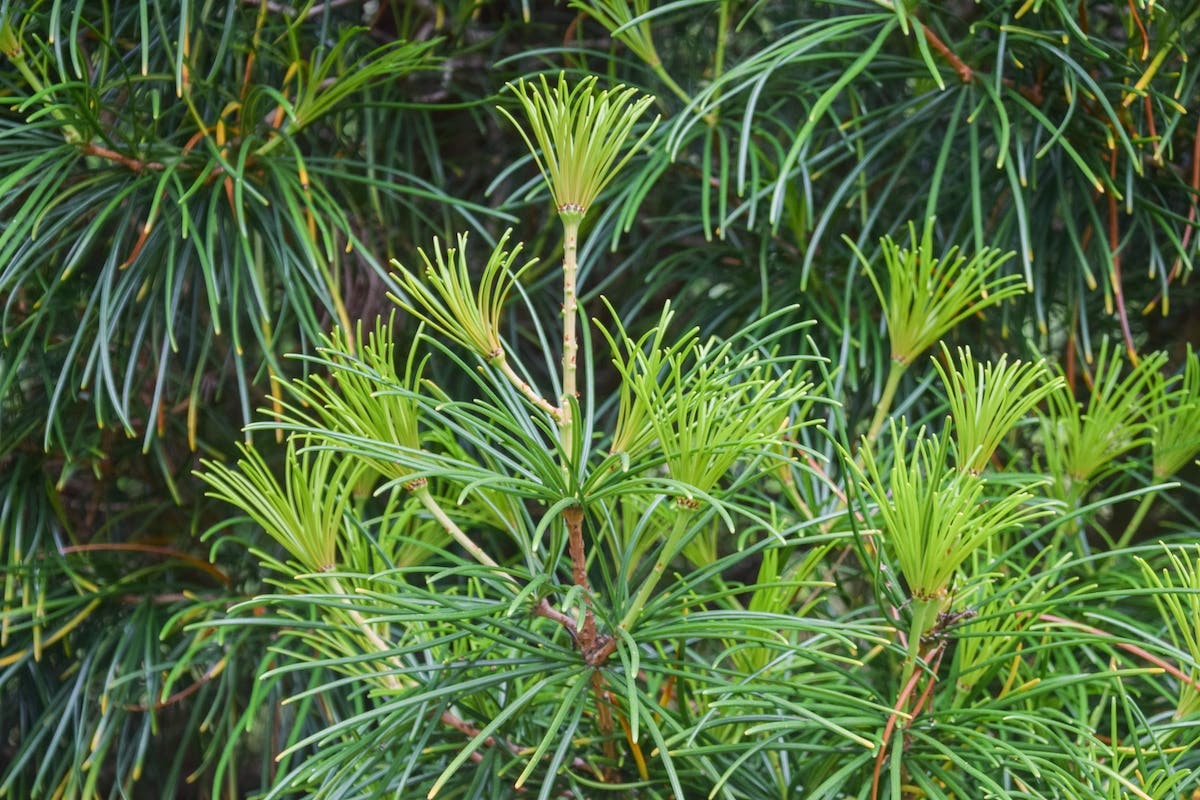Whether you are a novice gardener or an expert in the horticultural industry, there will always be problems that arise when growing and grooming your garden. The key to gardening success is not necessarily reacting to problems as they present themselves, but finding smart solutions that will work best for your garden over time.
Regardless of region, there are always problem areas in need of a specific gardening solution. You might think your garden too dry or too shady, or the climate too hot and humid. Luckily, there are many plants that help in these situations—while providing beautiful color and texture, too.
That said, there are no magic-bullet plants. The basics always apply for every planting area. Choose the right soil amendments; purchase healthy plants from reputable companies; water everything thoroughly at first, even if the plant is drought tolerant. Nothing is drought tolerant on day one of its life in your garden—or even throughout its first season.
It is also important to be patient with your choices, because plants take time to adapt from their previous environments. Before you purchased it, your new plant may have lived in a climate-controlled greenhouse or a sun-scalded field. Either way, it will need an adjustment period.
Solutions for Hot, Sunny Gardens
One of the most difficult growing problems to overcome is “too much of a good thing.” Sun and humidity are great in moderation and necessary for many ornamental plants to grow. However, this combination can make it difficult for non-native ornamental varieties to thrive.
Heat stress can cause many problems, including wilting, even when the plant is adequately watered. Humidity also has its setbacks to ornamental plants. Plants in humid parts of the country are more susceptible to foliar diseases, like mildew and various leaf spots.
A favorite solution plant in heat and humidity is hummingbird mint (Agastache). I love our selection named 'Morello' (USDA Zones 5–10), shown at top, with fragrant, disease-resistant leaves, dense branching and a unique cherry-juice color to its flowers. Bred from native American species, this perennial greatly impressed growers in plant trials from Michigan to Miami, and, further, coast to coast.
As its common name suggests, agastache is a favorite of hummingbirds. So too is another perennial with spikes of tubular flowers: Penstemon. Many species hail from the arid West and struggle with humidity, but not so the bone-hardy selection P. Dakota 'Burgundy' (Zones 3–8). It represents almost 10 years of crossing, sowing and selecting seedlings from an East Coast–native penstemon species. The resultant ‘Burgundy’ is densely branched and well covered with dark purple foliage. Topping out under two feet tall, it's smaller than the comparable 'Dark Towers' cultivar. Its lavender-colored flowers continue for many weeks to the delight of hummingbirds.
Plants for the Shade
Shaded areas were once considered the forgotten gardening spot. However, with the tremendous plant choices that exist in today’s market, shady gardens can easily be the stars in a landscape.
Lungworts (Pulmonaria) are the unsung workhorses of the shade garden, where they perform fabulously. Recent breeding efforts have turned this comfrey relative into multipurpose plants grown for flowers and foliage. For instance, Pulmonaria 'Trevi Fountain' (Zones 4–9) is the ultimate combination of grace and durability, effortlessly flowering in early spring and then covering the fading flowers with new foliage. This variety is as good as it gets—hardy, easy and beautiful.
Bergenia were once thought stodgy, with boring foliage and sparse flowers. Today's bergenias are much more refined and they produce far more flowers over a longer period of time. Many selections have dark pink flowers, but for something different try B. ‘Angel Kiss' (Zones 4–9), whose white flowers shine in part shade. There's just a kiss of light pink on the edge of each petal as the flower ages. This perennial is foolproof, long-lived and sophisticated.
Coral bells (Heuchera; Zones 4–9) have become go-to perennials for shade. The very best ones for limited sun are the varieties with lighter-colored leaves. Amber-, gold-, lime- and silver-foliage varieties show up well in the shade and they are easily managed. Should heucheras get leggy in the garden, simply clip a two- or three-inch stem, dust it with a light rooting powder and place it back in the soil for a new plant.
Good Performers for Drought
Professional and amateur gardeners alike, perhaps more than any other group, understand the serious nature of water shortages and our changing climate. Coneflowers (Echinacea), native to the Midwest and Southeast, are quite happy in dry soils once they’re established. Rapid improvements have been made in this genus over the past decade or more. They now exhibit better performance, survivability and non-fading colors. Well-drained soil, especially in the winter, will further the long-term success of any echinacea.
The Kismet series from Terra Nova is an award-winning group that has been exceptionally well received by growers and consumers alike. The variety Intense Orange (Zones 4–9) is aptly named, and it produces loads of medium-size flowers for months on end.
Sedum are almost as hot as coneflowers, and rightfully so. Able to thrive in a dry environment, sedums do not ask much from the gardener. All they require is a sunny spot, good drainage and moderate fertility. Look for dark-foliaged varieties like ‘Dark Magic’ (Zones 4–9), which combines dramatic color with a stout habit and immense rosy pink flower heads.
In the West, wild verbascum are relegated to roadsides and abandoned railroad tracks. but we've bred a number of exceptional garden-ready varieties in mustard golds, smoky lavenders and bright yellows. Well-suited to low-water gardens, verbascum are, without a doubt, one of the most underused genera for providing easy color in water-sensitive areas. Emerging from a gray-green foliage rosette, their spikes hold hundreds of flowers that open over many weeks, starting around Mother's Day on the West Coast.
Any garden in any region can develop problem areas. The key is to address these challenges with gusto, working to find solutions and specific varieties that continually promote progress in your garden. The results will be beautiful.
Author Chuck Pavlich is Director of New Product Development for Terra Nova Nurseries. Images courtesy of Terra Nova Nurseries, Inc.


